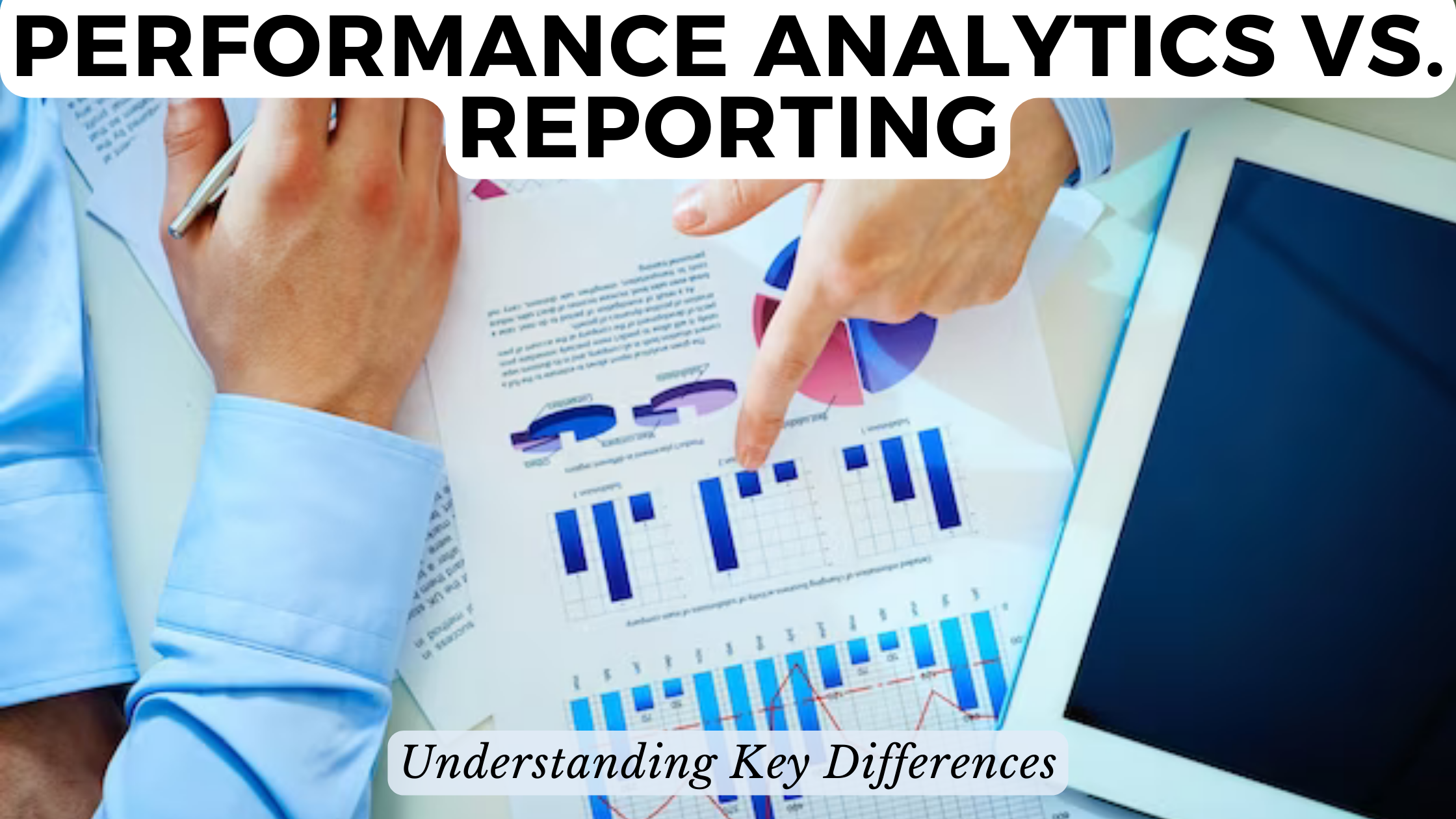Performance Analytics vs. Reporting: Understanding Key Differences
- Data as a Service (DaaS) Software Marketing & Analytics


Performance Analytics vs. Reporting: Understanding Key Differences
In the dynamic landscape of data analysis, the terms “performance analytics” and “reporting” are often used interchangeably, but they serve distinct purposes in the realm of business intelligence. In this article, we’ll delve into the key differences between performance analytics and reporting, shedding light on their unique roles. Additionally, we’ll explore some noteworthy SaaS products that excel in each domain.
Unveiling the Differences
1. Definition:
- Reporting: Involves the collection and presentation of data in a summarized format, often focusing on past events or activities.
- Performance Analytics: Encompasses a more comprehensive analysis of data to derive insights and trends, facilitating strategic decision-making.
2. Focus on Time:
- Reporting: Primarily deals with historical data and is retrospective in nature.
- Performance Analytics: Emphasizes real-time or near-real-time data analysis, providing insights into current and future performance.
3. Interactivity:
- Reporting: Typically static and predefined, offering limited interactivity.
- Performance Analytics: Dynamic and interactive, allowing users to drill down into data, explore relationships, and gain a deeper understanding.
4. Purpose:
- Reporting: Aimed at presenting data in a clear and concise manner for routine monitoring and compliance purposes.
- Performance Analytics: Geared towards supporting strategic decision-making, identifying trends, and optimizing performance.
5. Complexity:
- Reporting: Generally simpler, focusing on straightforward data presentation.
- Performance Analytics: Involves complex algorithms and statistical models to uncover patterns and trends within data sets.
Relevant SaaS Products
- Tableau – A powerful data visualization tool that excels in both reporting and performance analytics, providing intuitive dashboards and in-depth analytics.
- Google Data Studio – Ideal for reporting, Google Data Studio allows users to create interactive and customizable reports.
- Microsoft Power BI – Known for its capabilities in both reporting and performance analytics, Power BI offers robust data visualization and analytics features.
- Looker – Focused on performance analytics, Looker enables users to explore and analyze data for deeper insights.
- Domo – Positioned as a business intelligence platform, Domo combines reporting and analytics to provide a comprehensive view of business data.
Conclusion: Balancing Insights and Summaries
In conclusion, while reporting and performance analytics share common ground in dealing with data, their applications and focuses differ significantly. Incorporating both into your data strategy ensures a well-rounded approach to information analysis.
As you explore the diverse landscape of SaaS tools, Subscribed.FYI emerges as a valuable companion in managing your subscription stack. With the mission of simplifying decision-making and enhancing productivity, Subscribed.FYI aligns with the needs of freelancers, agencies, and teams alike.
Unlock exclusive deals, centralize subscription management, and access comprehensive insights into SaaS tools with Subscribed.FYI. Sign up for free today and embark on a journey to optimize your SaaS stack, complementing your efforts in both reporting and performance analytics.
Relevant Links:





